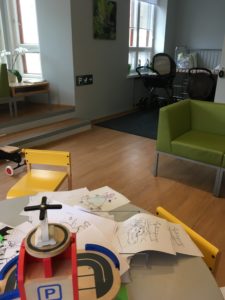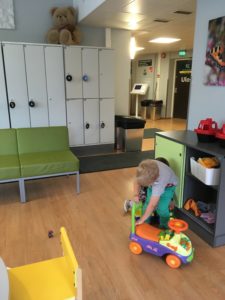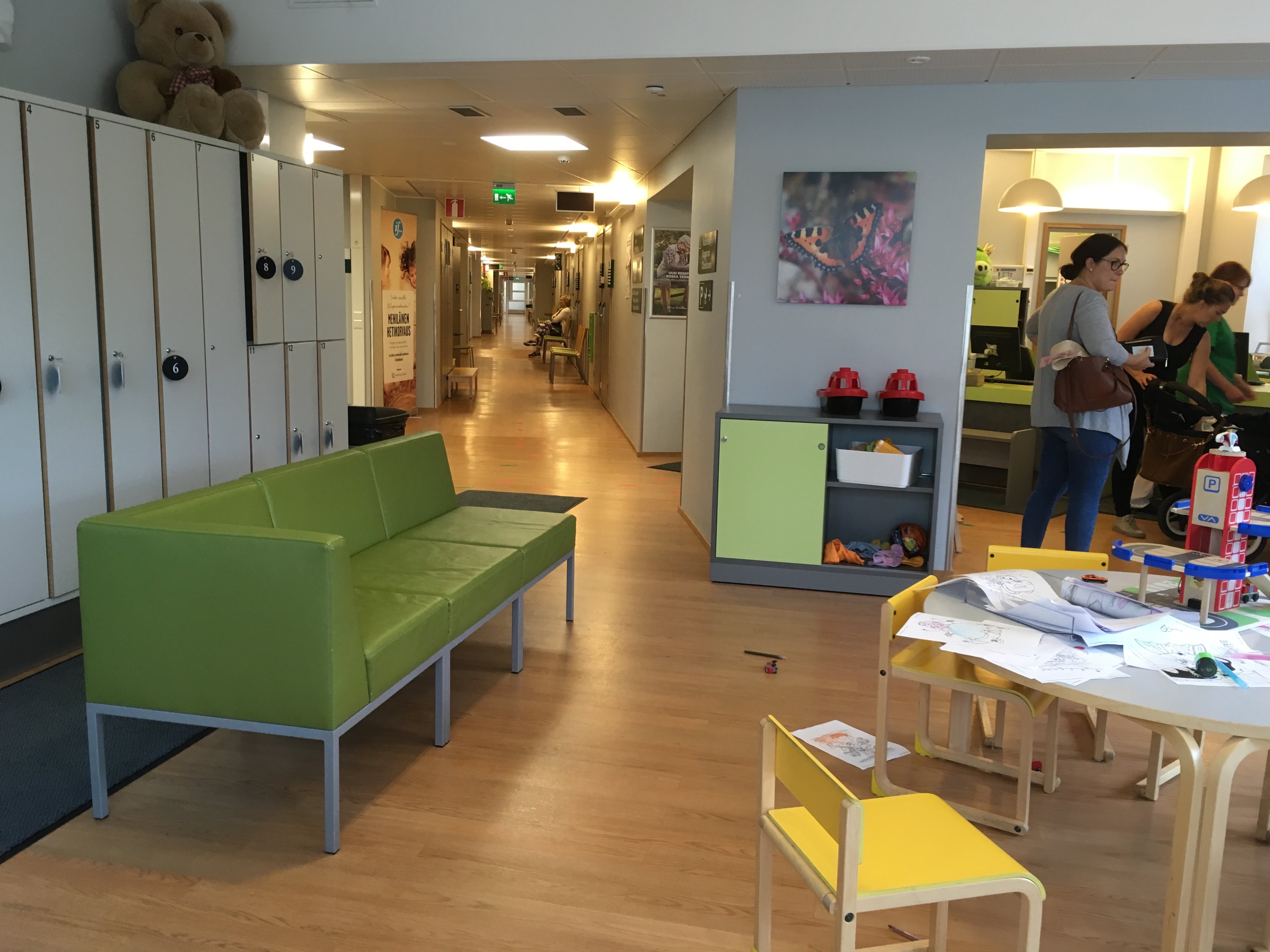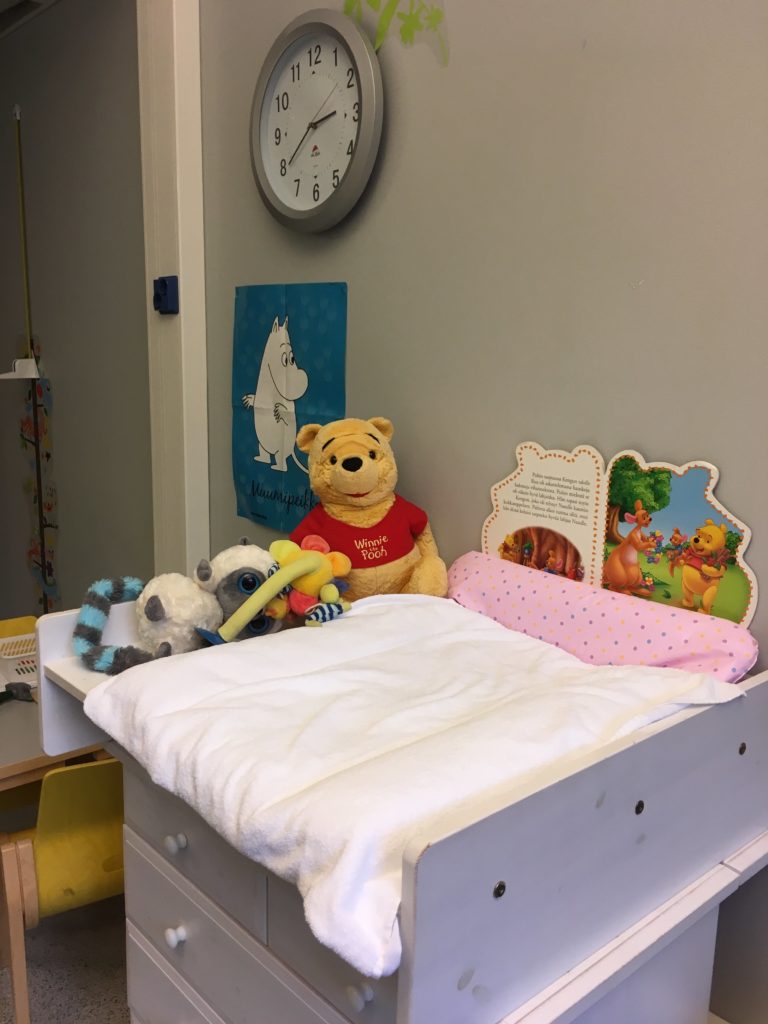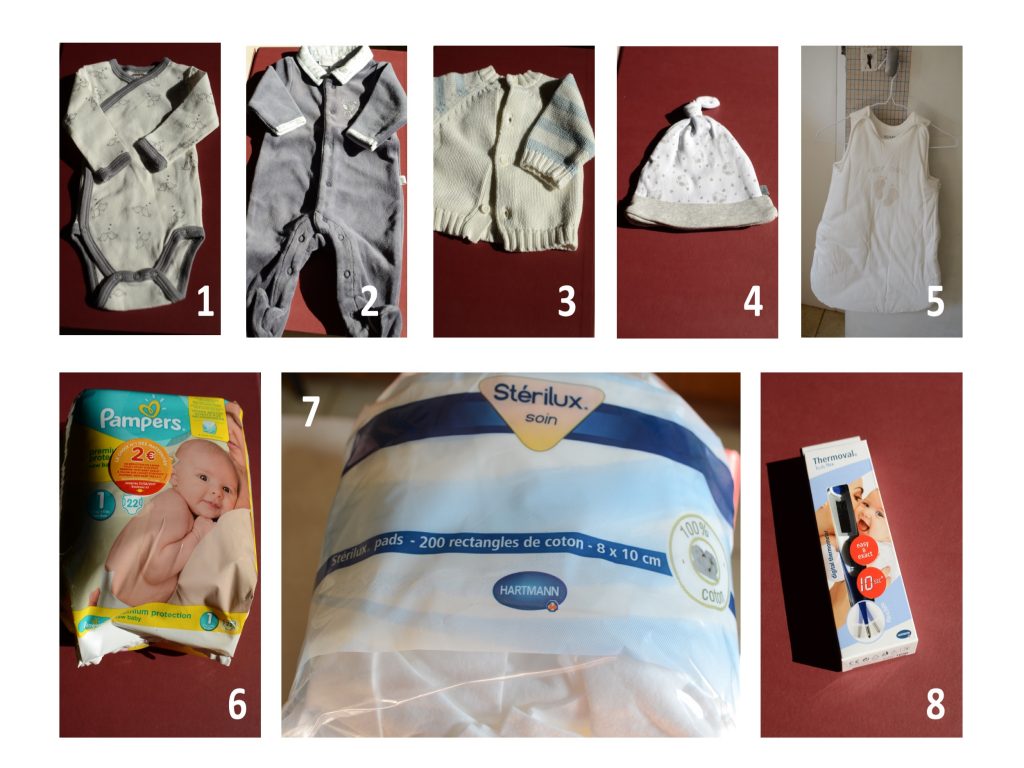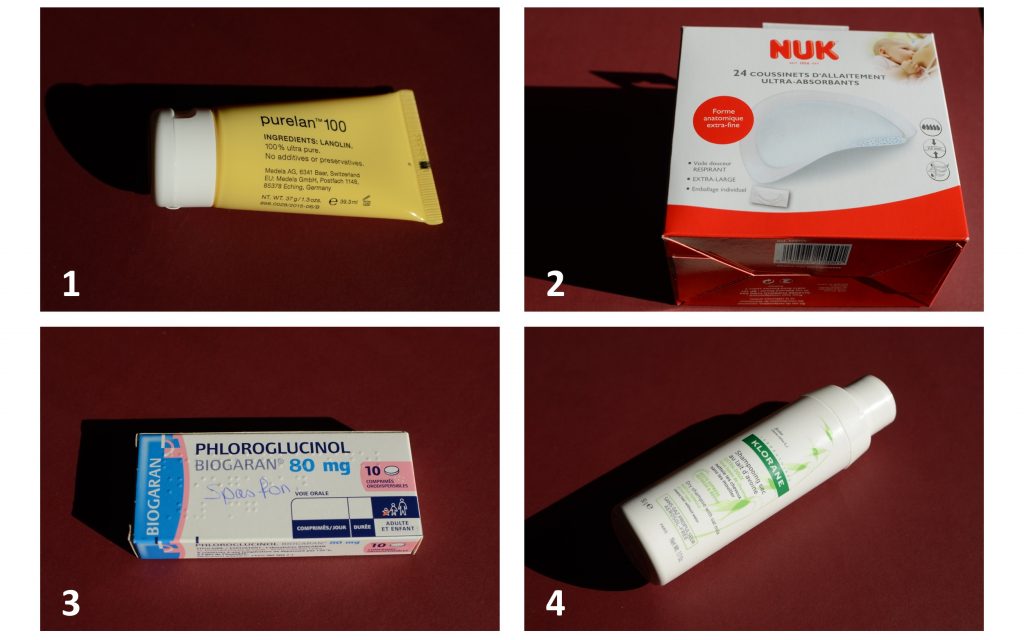Kela Card needed for service at the public neuvola
When we moved from France to Finland, our baby was only six weeks old. When we realized that it’s time for vaccination, he was almost ten weeks. In Finland, the vaccination program includes a Rotavirus vaccine at two months. Therefore, I went to the close-by health station to figure out how to get the vaccine. I was told to call a number, later I realized the number was for making an appointment at the public neuvola. After I made the phone call, actually several calls, I found a big issue – our son can not use the public neuvola without the KELA card! It seems that they also called the KELA office to find out my husband’s situation to determine whether our son has the right to use the public neuvola. And the answer was, unfortunately, NO.
Finnish ID needed even for private hospitals
They suggested me to look for private hospitals. I called one (Terveystalo) that is not very far from our home. I found another issue – they require ID number! Our son only had a Japanese passport at that time. We planned to apply for the residence permit (which has the ID number) for him in Finland. Somehow I thought that he did not need a residence permit, that we just needed to register him at the Population Register Centre (Maistraatti). I was WRONG! He needs a residence permit! Unlike in Paris, the queue is very long. The earliest appointment we could get is six weeks after. (So, if you want to apply for a residence permit in Finland, you’d better plan early!)
To get the Finnish ID without residence permit
Anyway, can we register our son, in other words, get the ID number without a residence permit? Yes, but they require a legalized birth certificate – Apostille stamped birth certificate. We did Apostille before, for the Japanese family book. Since the language is Japanese, it was done in Japan. And it’s very expensive! The Apostille itself costed about $300, not to say the shipping and waiting. Unfortunately, that family book was done before our son was born 🙁 Should we do the Apostille in the same way again? If so, we have to translate the French birth certificate into Japanese first… Long waiting, and another $300! Why don’t we get Apostille from France? Our friends in France helped us to ask the local office, and told us how to get the Apostille, for free! It was actually very simple. We just had to request the Apostille from the Hotel de Ville where we got the birth certificate. They won’t charge anything, and they would even mail the Apostille to us. Sounds terrific! So we did it. After just one week we got the letter from the French office. Without checking carefully, we immediately went to the Maistraatti in Helsinki. Who would know that the French office forgot to stamp the Apostille?! What a surprise! But… emmm… probably not that surprising considering who they are. They often make me speechless. Luckily, our friends in France also requested Apostille for us, and he got it right! So he mailed the correct copy to us. Another week passed by, and the Apostille stamped birth certificate was finally in my hand.
Got the Finnish ID without waiting for three weeks
Again, we immediately took the Apostille to the Maistraatti. This time, we could register our son (finally!). The problem was it would take about three weeks for us to get the ID number. In that case, our son would miss the first a few vaccinations. I wrote a short note explaining why we needed the ID number as quick as possible. The clerk said she would ask the manager. With hope, we left. While I was feeding my son in Kamppi Center, they called me! I was very excited. Yes! They processed my son’s application right away, so the registration paper (which has the ID number) was ready to be picked up! Yeah! After I got the ID number, I called the private hospital, but it’s already too late. OK, tomorrow then.
Not every private hospital has the vaccines for babies
The next day, I called the private hospital again, with the ID number at hand. I thought everything was ok now. However, the nurse answering my call was not sure whether they had the vaccine. After serval phone calls, they and I were clear that they could not do vaccination for little babies! I wish I found this out earlier.
So foreigners’ babies can not get vaccines in Finland? I don’t believe that. Obviously I was not alone. Somebody out there also came across with this issue before. Finally, I found Mehilainen. Their site in Toolo can do the vaccination! I will describe our visit in another post.
Conclusion
If your baby needs vaccines, make sure s/he has the ID number. If s/he does not have the KELA card, try Mehilainen.
X
